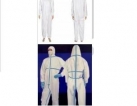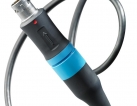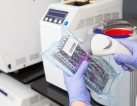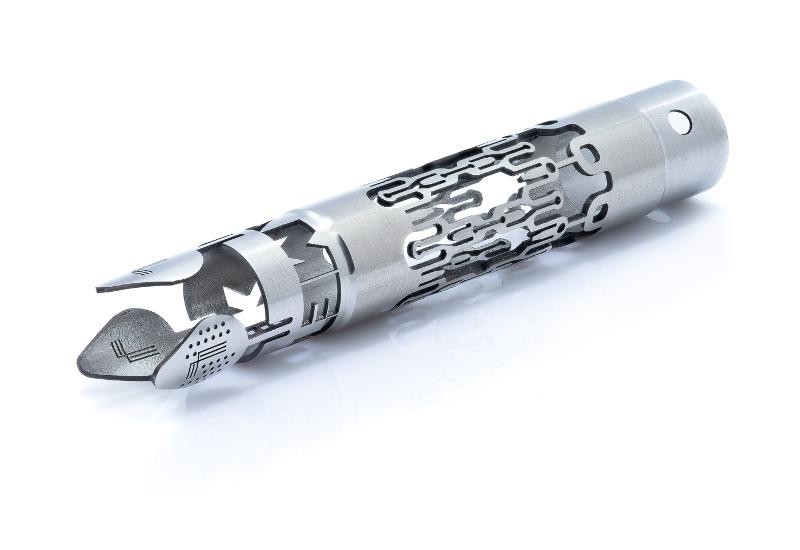Maquinado CNC Suizo con Láser y Procesamiento con Láser
Estados Unidos, Estado de Nueva Jersey, Oeste de Nueva York - ver ubicación exactaCategoría
Información del producto
Volumen de pedidos desde: Bajo pedido
Terminos de entrega: Recoger
 Negocio
Negocio
Volumen de pedidos desde: Bajo pedido
Terminos de entrega: Recoger
 Cubrezapatos médicos
Precio en demanda
Turquía,
Región de Mármara, Estanbul
Cubrezapatos médicos
Precio en demanda
Turquía,
Región de Mármara, Estanbul
 Gorro médico
Precio en demanda
Turquía,
Región de Mármara, Estanbul
Gorro médico
Precio en demanda
Turquía,
Región de Mármara, Estanbul
 batas médicas desechables
Precio en demanda
Turquía,
Región de Mármara, Estanbul
batas médicas desechables
Precio en demanda
Turquía,
Región de Mármara, Estanbul
 Mascarilla tipo IIR Melt Blown de 3 capas
Precio en demanda
Turquía,
Región de Mármara, Estanbul
Mascarilla tipo IIR Melt Blown de 3 capas
Precio en demanda
Turquía,
Región de Mármara, Estanbul
 Mascarilla con escudo antivaho
Precio en demanda
Turquía,
Región de Mármara, Estanbul
Mascarilla con escudo antivaho
Precio en demanda
Turquía,
Región de Mármara, Estanbul
 Ropa de protección personal desechable
Precio en demanda
Turquía,
Región de Mármara, Estanbul
Ropa de protección personal desechable
Precio en demanda
Turquía,
Región de Mármara, Estanbul
 Moldeo de silicona
Precio en demanda
Estados Unidos,
Estado de Nueva Jersey, Oeste de Nueva York
Moldeo de silicona
Precio en demanda
Estados Unidos,
Estado de Nueva Jersey, Oeste de Nueva York
 Capacidades de prototipado rápido
Precio en demanda
Estados Unidos,
Estado de Illinois, Chicago
Capacidades de prototipado rápido
Precio en demanda
Estados Unidos,
Estado de Illinois, Chicago
 Empaquetado y Esterilización de Dispositivos
Precio en demanda
Estados Unidos,
Estado de Illinois, Chicago
Empaquetado y Esterilización de Dispositivos
Precio en demanda
Estados Unidos,
Estado de Illinois, Chicago
Este sitio utiliza cookies y otros identificadores de visitantes para la conveniencia de cada usuario. Si, después de leer este mensaje, permanece en nuestro sitio, significa que no se opone al uso de estas tecnologías Aprender más

